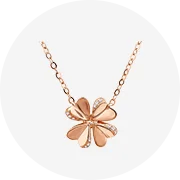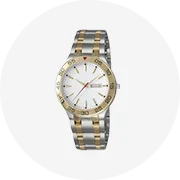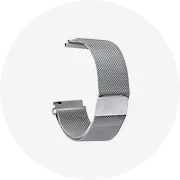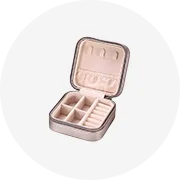
New Acrylic Beads Plastic Beads Handmade Set For Children Girls Jewelry Making Creative Beaded DIY Toys


Wholesale Factory Price Acrylic Candy Color Big Hole DIY Plastic Loose Beads For Jewelry Making












In the dynamic world of crafting and jewelry making, plastic beads have emerged as a versatile and widely used component. These small, lightweight items come in an array of colors, shapes, and sizes, catering to a multitude of creative projects. From plastic bead bracelets to elaborate decorative pieces, they offer limitless potential for designers and hobbyists alike. This comprehensive exploration will delve into the various types, features, and materials that constitute the multifaceted world of plastic beads.
When exploring the array of plastic beads, one will find an extensive range of types suited for different purposes. Solid colored beads serve as the foundation for many designs, while multi-colored or patterned variants add depth and intrigue to any piece. Clear plastic beads provide a subtle elegance, often used to mimic the look of glass or crystal without the added weight or expense. In the realm of education and child-focused crafts, larger, more durable beads are employed, allowing for ease of handling and safety. For those seeking to purchase in volume, plastic beads bulk options are available, ensuring that creators have a consistent supply for larger projects or commercial endeavors.
Plastic beads for crafts have also seen innovation in shape and functionality. Faceted beads catch the light to create a sparkling effect, whereas smooth, round beads offer a classic look. Novelty beads, shaped like animals, letters, or other objects, provide a thematic element to projects. Each type of bead opens up new avenues for creative expression, whether in jewelry, apparel, or home décor.
The features of plastic beads contribute significantly to their popularity within the crafting community. Their durability stands out, as they are resistant to chipping and cracking, unlike their glass counterparts. This makes them particularly suitable for items that will be frequently worn or handled, such as plastic bead bracelets and keychains. The lightweight nature of plastic beads also makes them ideal for larger, more complex pieces where heavier materials could be cumbersome or uncomfortable.
Another notable feature is the ease of maintenance. Plastic beads can typically be cleaned with mild soap and water, and they do not tarnish over time like some metal beads might. This low-maintenance aspect ensures that creations maintain their aesthetic appeal with minimal effort. Furthermore, the versatility of plastic beads is evident in their adaptability to various fastening techniques. They can be strung, glued, or even sewn onto fabric, allowing for a broad range of design possibilities. This versatility, combined with their affordability, makes plastic beads an attractive option for both beginners and seasoned crafters.
The materials used in the production of plastic beads vary, with each offering different benefits. Common plastics include acrylic, polyethylene, and polystyrene, each chosen for properties like clarity, colorfastness, and ease of molding. Innovations in recyclable and biodegradable plastics are also beginning to influence the bead market, reflecting a growing awareness of environmental sustainability. Manufacturers now offer beads made from recycled plastics, reducing the overall environmental impact. These eco-friendly alternatives are gaining traction among consumers who prioritize sustainability without compromising on the quality or appearance of their craft materials.